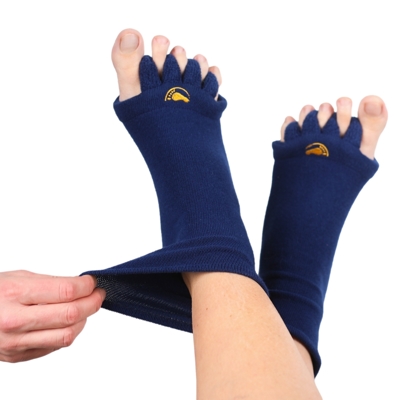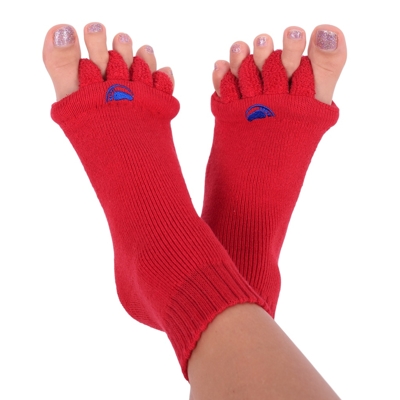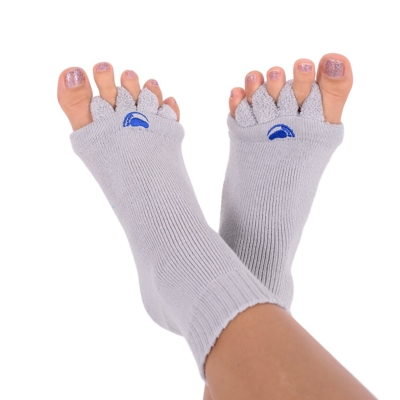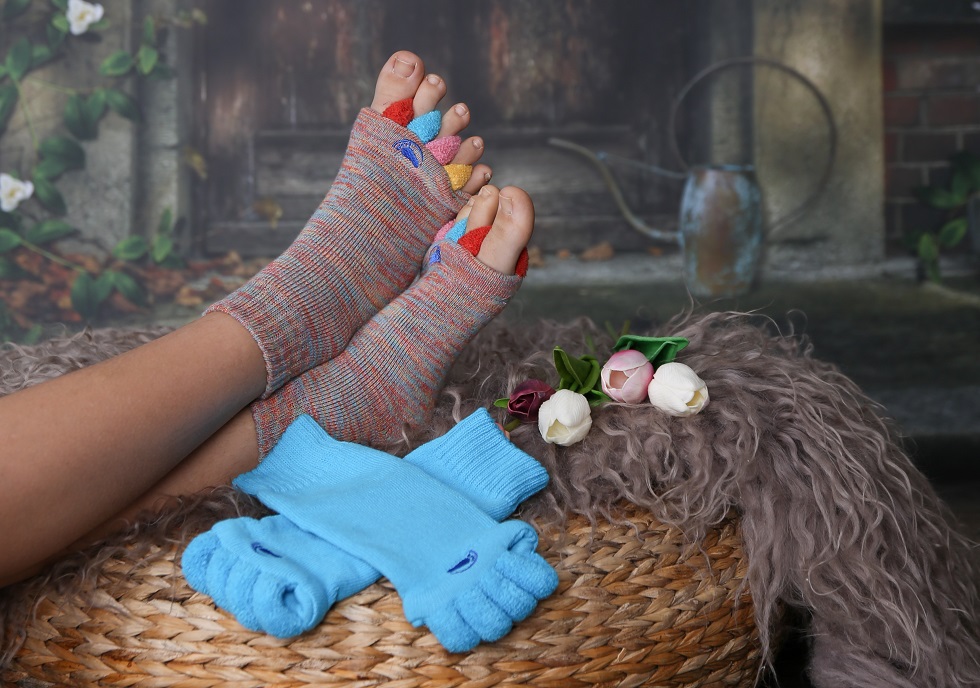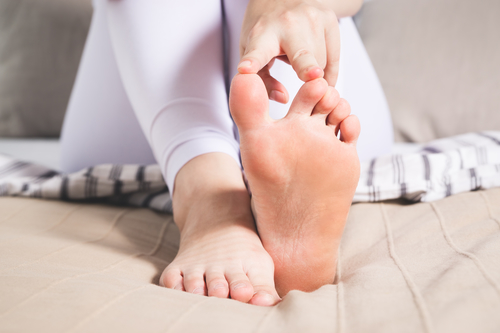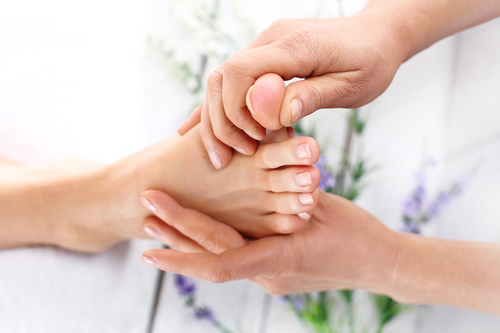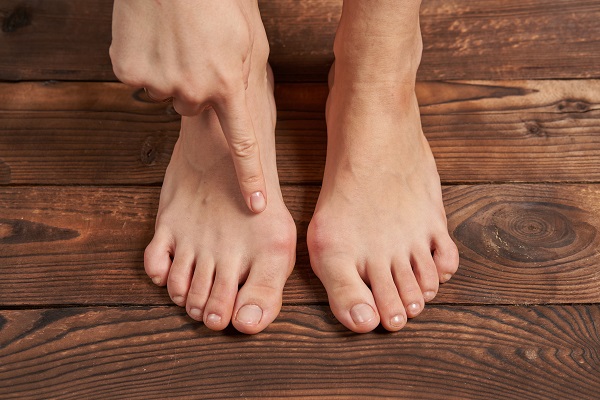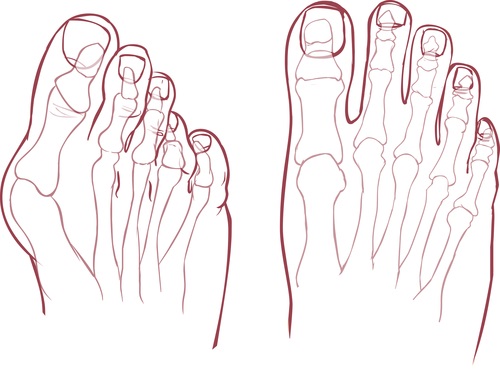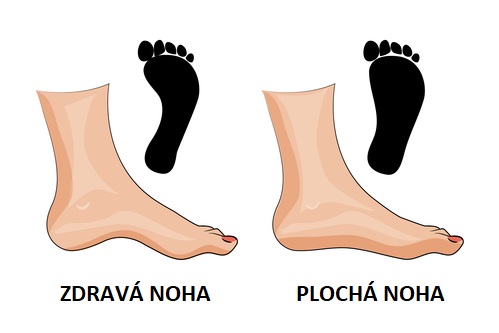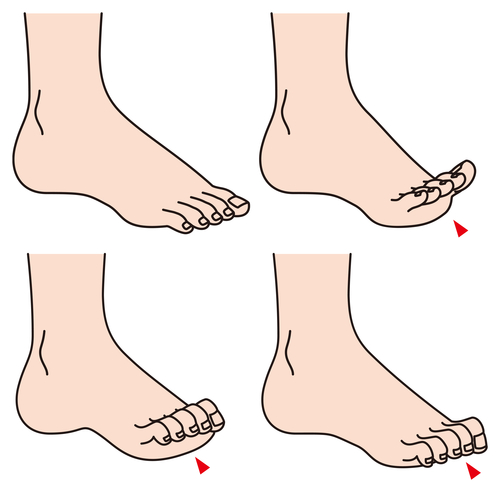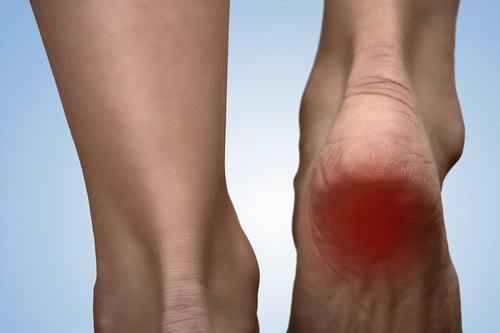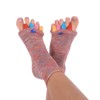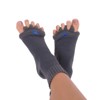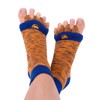Hallux valgus
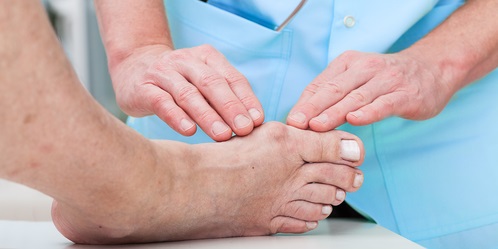
A bunion or hallux valgus is a deformity caused by a drop in the lateral and longitudinal arch of the foot.
The big toe turns towards the other toes, and the big toe joint protrudes and swells. The big toe rotates and deviates into the instep bone. It most often appears in a person’s forties.
Causes of bunions
A bunion may have a congenital cause, such as the length of the first instep bone, hypermobility or deficient ligaments, or an external cause, such as wearing inappropriate shoes, especially if the tip of the shoe is too narrow and presses on the toes too much. Poor gait or exposure to long-term static loads may also be a cause.
Signs of a bunion
Your big toe starts to twist towards the other toes, your shoes don’t fit, and you feel discomfort and pain.
Another sign is restricted use of the big toe or even the whole foot. Complications are consequently transferred to other parts of the body, such as the knees, hips and spine.
How to treat a bunion
Conservative treatment is one of the most common methods for treating a bunion. It mainly involves physiotherapy, i.e. actively exercising the toe. You can also do exercises for a bunion at home.
There are also several other ways to support active foot exercises, e.g., functional orthotics, kinesio tape, passive correctors, hydrotherapy, soft tissue release, etc. Another excellent way to help treat bunions is to wear Foot Alignmnet Socks. This aid significantly increases blood flow in the feet and thus relaxes the structures and relieve pain in bunion.
However, don’t forget to eliminate the main cause of the problem or even complications in other parts of the body that have occurred as a result of “chaining”. For advanced deformities, surgery and physiotherapy are unavoidable. Even in these cases, removing the cause in order to prevent recurrence is necessary.


